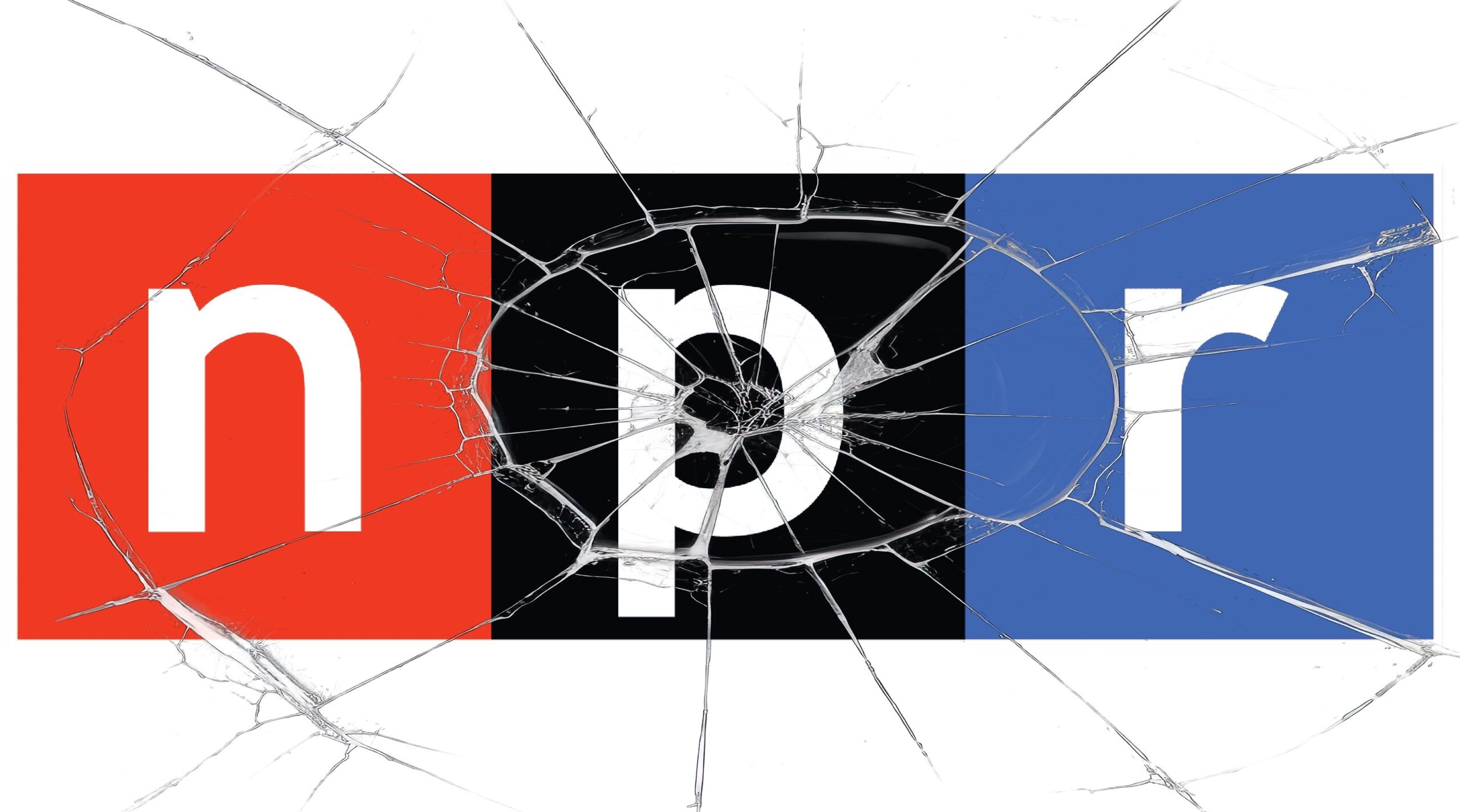By: Mark Glennon*
Nobel Prize winning economists aren’t the hyperbolic type. They usually speak in measured tones, careful to protect the precision of their academic viewpoints. Two of them have spoken openly about public pensions, including one about Illinois pensions. They are uncharacteristically harsh.
First, there’s William F. Sharpe, a Stanford professor who won 1990 Nobel Prize for Economics for his work in developing models to aid investment decisions. The Financial Analysts Journal interviewed him last year. Here’s what he said:
Second, there’s Eugene Fama from the University of Chicago, often called “the father of modern finance.” He won the 2013 Nobel for his work on financial markets. He was interviewed a year and a half ago by Chicago Magazine. When asked specifically about buying Illinois bonds, he said:
Well, in the short term, they’re OK. In the long term, I wouldn’t touch them. The [state’s] pension liability is much worse than [the reported $100 billion that] people think.
How so?
States discount their liabilities—I think Illinois uses a discount of 7.5 percent [it’s in fact between 7 and 8]—arguing that’s the expected [annual] return on their portfolio. But the expected return on a portfolio is totally irrelevant. What counts is, How risky are the claims that you have to meet? You’ve made a promise to your employees that you’ll pay them a certain fraction of their income that is usually indexed. Which means it’s a risk-free real outcome. What’s the risk-free real rate? Is it anywhere near 7.5 percent? It isn’t. Historically, it’s like 2 percent. A 2 percent discount rate would approximately triple Illinois’s pension liabilities. [Emphasis added.]
Nobel Prize winning economists aren’t always right. Sometimes they disagree among themselves. Not on this. Putting more tax dollars into them before they are reformed and properly measured in the way Sharpe and Fama say is pure folly.
*Mark Glennon is founder of Wirepoints.


 A set of state lawmakers want to extend CPS’ current school closing moratorium to February 1, 2027 – the same year CPS is set to transition to a fully-elected school board. That means schools like Manley High School, with capacity for more than 1,000 students but enrollment of just 78, can’t be closed for anther three years. The school spends $45,000 per student, but just 2.4% of students read at grade level.
A set of state lawmakers want to extend CPS’ current school closing moratorium to February 1, 2027 – the same year CPS is set to transition to a fully-elected school board. That means schools like Manley High School, with capacity for more than 1,000 students but enrollment of just 78, can’t be closed for anther three years. The school spends $45,000 per student, but just 2.4% of students read at grade level. Hopefully, all media will get the message, in Illinois, too.
Hopefully, all media will get the message, in Illinois, too. Ted joined Tom Miller of WJPF to talk about Illinois’ highest-in-the-nation property taxes, why lawmakers don’t want to touch the tax’s cost drivers, just how much Illinoisans’ tax burden has grown over the decades, why Gov. Pritzker failed to meet his promise to reform property taxes, and more.
Ted joined Tom Miller of WJPF to talk about Illinois’ highest-in-the-nation property taxes, why lawmakers don’t want to touch the tax’s cost drivers, just how much Illinoisans’ tax burden has grown over the decades, why Gov. Pritzker failed to meet his promise to reform property taxes, and more.
If I lend you a hundred dollars it doesn’t matter whether you invest it in stocks or government bonds. You still owe me a hundred dollars. This is the basic fallacy of pension accounting to which the laureates above are pointing. The valuation of liabilities should be, and in the real world is, unrelated to assets. The system in place gives an enormous incentive to invest in riskier assets. It lowers liabilities and contributions. It also represents an enormous transfer of risk to the taxpayer.
I’ll need to check some of the other writings of these two men. In the linked articles, they don’t seem to be criticizing the pensions per se, only the funding mechanisms.
The economists, William F Sharpe and Eugene Fama, in the linked articles, clearly criticize the discount rate used by the pension funds, which the blog article clearly highlights. More specifically, the economists are asserting the discount rate (aka interest rate aka expected rate of return) being used by the Illinois public sector pension funds (the rate varies by fund) is too high. The discount rate in turn affects the annual required contribution. The higher the discount rate, the lower the annual contribution. So if the discount rate is reduced, required annual contribution should be increased, which obviously is a problem… Read more »
“Pensions harshest critics” usually claim that defined benefit pensions are too high, making public workers grossly overpaid. And DB pensions should be replaced by 401 (k) type programs.
These gentlemen are just saying the discount rates should be lowered and more risky investments should be avoided.
That’s not “harsh criticism”. The pension systems in the biggest bind today are there not so much because their discount rate is too high, but because they didn’t even meet the minimum required contributions.
The Nobel Prize winning economist William F Sharpe said, “It’s a crisis of epic proportions.”
The Nobel Price winning economist Eugene Fama said, “I wouldn’t touch them.”
That’s harsh criticism in my book.
It’s apparently not harsh criticism in your book.
Actually, Mr. Fama’s “I wouldn’t touch them,” comment refers to Illinois bonds, which relates to pensions.
Fama’s next comment was, “The [state’s] pension liability is much worse than [the reported $100 billion that] people think.”
And then he goes on to talk about the discount rate used by Illinois pensions being much higher than the risk free rate.
Still harsh criticism.
Follow the bouncing ball, don’t touch Illinois bonds, Illinois public sector pension liability worse than people think, discount rate used by public sector pension funds is too high.
Mike/Andrew: Soc Sec is a “pay-as-you-go” system. Current taxpayers’ FICA tax for OASDI (12.4% of pay) goes to DC and DC spits out the monthly bft pymts. It’s nothing fancy. In fact the System went “cash-flow negative” about 9 years earlier than expected. it’s currently about $100B/year cash-flow negative, but that money just comes from other fed’l tax revs, but probably mainly from just printing new money. Notice I didn’t say anything about the SS “trust fund”. That’s because there isn’t one. It’s just a bunch of IOUs in a desk in West Virginia. They are NOT “money”. And that’s… Read more »
Here is a Rough guide of the discount rate changes by TRS, the largest of the Illinois public sector pension funds. This is an approximate and not exact guide because 1) TRS has no actuarial reports or letters for many years prior to 1983, & 2) a COGFA 2014 Pension Briefing makes the point that the actuarial valuation year is is not the fiscal year in which the state contribution was calculated using the new rate. 1969 – 4.25% 1971 – 5.00% 1973 – 5.50% 1982 – 7.00% 1988 – 8.00% 1997 – 8.50% 2012 – 8.00% 2014 – 7.50%… Read more »
The thing about this history is, those changes in the discount rate would have worked great in reverse! We have a long term asset price bubble that has inflated past returns but diminished future returns. It started in 1982. If 7.5% to 8.0% was assumed before 1982, when stock and bond prices were low, but then assumptions were cut as the bubble inflated, that would have been truthful. https://larrylittlefield.wordpress.com/2013/11/29/pensions-the-nature-of-the-lie/ The are arguing about using the “risk free” rate vs. the actual performance. If the actual performance on stocks equals inflation (then high now low) plus the dividend yield (historically 4.3%… Read more »
Common word used by both economists in different ways: RISK
The only party that assumes any and all risk in pension funding is the taxpayer. A prudent plan would have been to at least share the risk equally between the annuitant and employer. No such luck here. Every other investment vehicle in finance, besides our state pensions, charges a premium based on risk.
A guaranteed payout based on an unguaranteed investment return…what could go wrong?
For more information on discount rates used by public sector pension funds, here is an American Academy of Actuaries Issue Brief dated November 2013.
Measuring Pension Obligations – Discount Rates Serve Various Purposes.
http://www.actuary.org/files/IB_Measuring-Pension-Obligations_Nov-21-2013.pdf
To compare, what rate does Social Security use and what are some rates used today by some specific companies.
Social Security discounts its liabilities using a government bond rate, but that’s only because the trust fund holds only government bonds. (Leaving aside debate on ‘realness’ of the trust fund.) If the trust fund invested in stocks, the SSA actuaries would discount the trust fund’s liabilities using a stock return. However, the CBO has made pretty clear it prefers to discount liabilities using a risk-adjusted discount rate, so there would be a conflict. But budget rules (passed by Congress) might require the CBO to calculate an expected cost, in which case it would have to use a stock return. I… Read more »
Here is some information from Social Security about the rate Social Security uses. There is no point in reading this comment unless you want to learn more about Social Security interest rates; other than at the end of the post I included a link to a document about the interest rates by private sector defined benefit pension funds. It’s lengthy but at least all the information is in one place. Social Security > Trust Fund Acts > Office of the Chief Actuary > Frequently Asked Questions about the Social Security Trust Funds What interest rate do the trust funds’ assets… Read more »